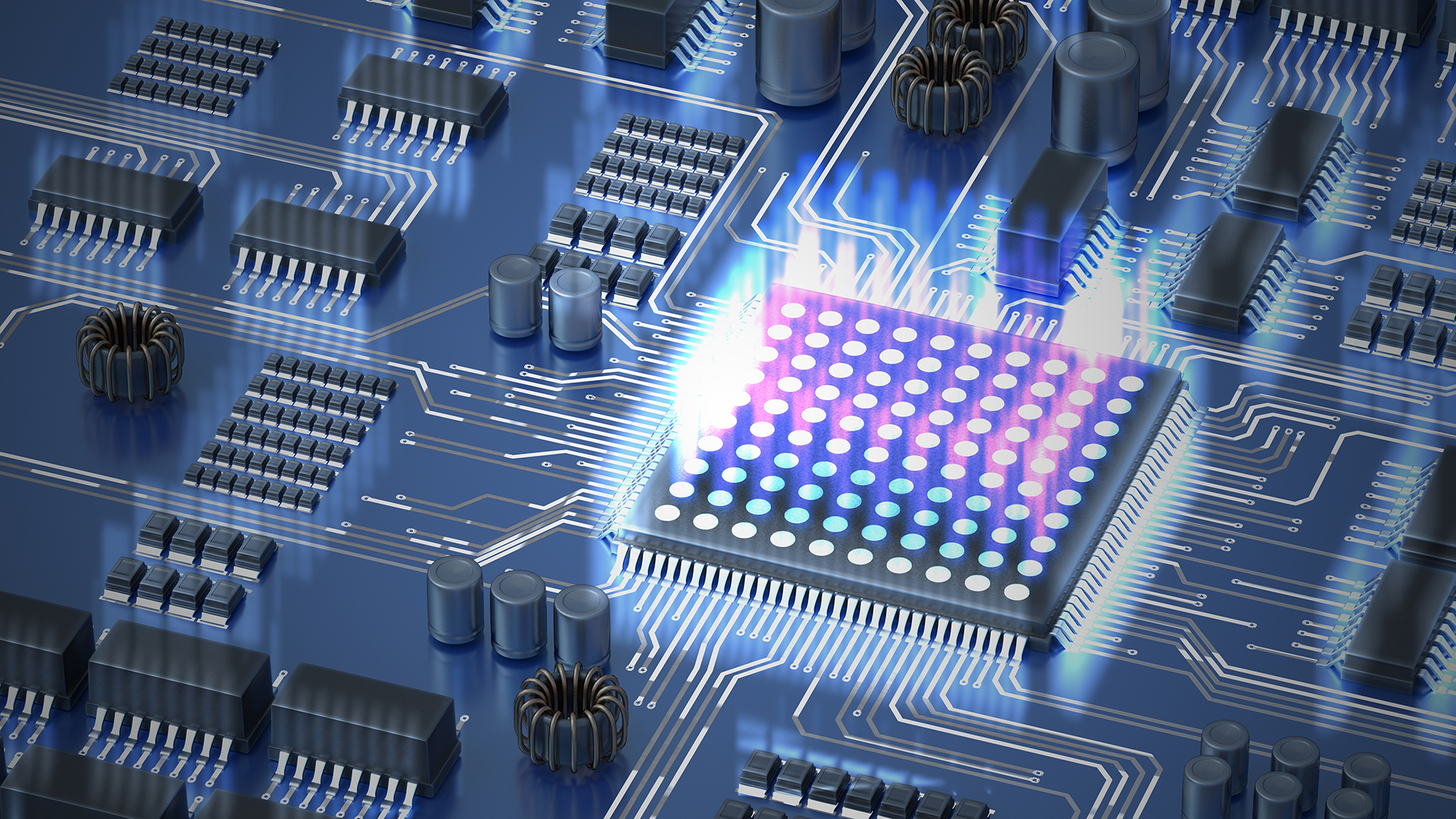The Future of Computing: Unlocking the Potential of Quantum Computing

Quantum Computing: Breakthrough Performance Comes with High-Stakes …
Quantum computing has been on a rollercoaster ride, with breakthroughs and setbacks happening at an alarming rate. As we navigate this rapidly evolving landscape, it’s essential to understand the underlying principles and advancements that are driving this revolution. In this article, we’ll delve into the latest developments in quantum computing, exploring its applications, challenges, and potential impact on industries.
What is Quantum Computing?
Quantum computing uses the principles of quantum mechanics to perform calculations that are exponentially faster than those possible on classical computers. This is achieved through the use of quantum bits or qubits, which can exist in multiple states simultaneously, allowing for parallel processing and increased computational power.
The Basics of Quantum Mechanics
To understand quantum computing, it’s essential to grasp the basics of quantum mechanics. Quantum mechanics is a branch of physics that deals with the behavior of matter and energy at the atomic and subatomic level. At these scales, particles can exhibit wave-like behavior, which allows for superposition (existing in multiple states) and entanglement (connectedness between particles).
Quantum computing leverages this phenomenon to perform calculations that are beyond the capabilities of classical computers. By using qubits to represent information in a quantum state, quantum computers can solve problems that are exponentially faster than those solved by classical computers.
Quantum Error Correction (QEC)
One of the most significant breakthroughs in recent times has been the development of Quantum Error Correction (QEC). This technology allows quantum computers to maintain their fragile quantum states over extended periods, enabling them to solve complex problems with unprecedented accuracy. QEC is like having a superpower for your quantum computer – it’s the difference between solving a puzzle and being stuck on it forever.
How does QEC work?
Quantum Error Correction works by using redundant qubits to detect and correct errors that occur during computation. This is achieved through the use of Quantum Error-Correcting Codes (QECCs), which are designed to detect and correct errors in quantum computations.
There are several types of QECCs, including surface codes, topological codes, and concatenated codes. Each type has its strengths and weaknesses, but they all share the common goal of maintaining the integrity of quantum information during computation.
Applications of QEC
QEC has a wide range of applications across various industries, including:
1. Quantum computing itself: QEC is essential for maintaining the fragile quantum states required for quantum computations.
2. Quantum simulation: QEC can be used to simulate complex quantum systems, allowing researchers to study phenomena that are difficult or impossible to model using classical computers.
3. Quantum cryptography: QEC can be used to create secure communication channels, enabling secure data transfer and encryption.
Real-World Applications of QEC
QEC has significant real-world applications across various industries. Some examples include:
1. Optimization problems: QEC can be used to optimize complex systems, such as logistics or supply chains.
2. Machine learning: QEC can be used to improve the accuracy of machine learning algorithms, leading to breakthroughs in areas like image recognition and natural language processing.
3. Materials science: QEC can be used to simulate the behavior of materials at the atomic level, enabling researchers to design new materials with specific properties.
Quantum-Classical Hybrid Computing (QCHC)
Another area of significant research is in the development of Quantum-Classical Hybrid Computing (QCHC). This approach combines the strengths of both quantum and classical computing to create a powerful new tool for solving complex problems. QCHC is like having two supercomputers working together – it’s the future of computing.
How does QCHC work?
Quantum-Classical Hybrid Computing works by using a combination of quantum and classical computers to solve problems that are too complex or computationally expensive for either type of computer alone.

Breakthrough in Quantum Computing: Qubits Traveling Directly …
The process typically involves the following steps:
1. Quantum simulation: A quantum computer is used to simulate the behavior of a complex system, generating a large amount of data.
2. Classical processing: The generated data is then processed using classical computers, which can handle the vast amounts of data more efficiently.
3. Quantum-classical interface: The results from the classical processing step are then fed back into the quantum computer, enabling further simulation and optimization.
Applications of QCHC
Quantum-Classical Hybrid Computing has a wide range of applications across various industries, including:
1. Optimization problems: QCHC can be used to optimize complex systems, such as logistics or supply chains.
2. Machine learning: QCHC can be used to improve the accuracy of machine learning algorithms, leading to breakthroughs in areas like image recognition and natural language processing.
3. Materials science: QCHC can be used to simulate the behavior of materials at the atomic level, enabling researchers to design new materials with specific properties.
Real-World Applications of QCHC
QCHC has significant real-world applications across various industries. Some examples include:
1. Finance: QCHC can be used to optimize investment portfolios and reduce risk.
2. Logistics: QCHC can be used to optimize supply chains and reduce costs.
3. Healthcare: QCHC can be used to simulate the behavior of complex biological systems, enabling researchers to design new treatments and therapies.
Challenges Ahead: Ensuring Quantum Computing’s Security
As quantum computing advances, ensuring the security of these systems becomes increasingly important. Currently, most quantum computers are vulnerable to hacking and cyber attacks, which could compromise sensitive information and put entire industries at risk.
How can we ensure the security of quantum computers?
1. Quantum-Secure Communication Protocols (QSCPs): QSCPs use quantum mechanics to create unbreakable encryption methods that can protect sensitive data from being intercepted or hacked.
2. Quantum key distribution: This method uses quantum mechanics to distribute cryptographic keys between parties, enabling secure communication and data transfer.
3. Hardware security: Secure hardware design is essential for protecting against cyber attacks and ensuring the integrity of quantum information.
Practical Tips for Ensuring Quantum Computing Security
1. Use QSCPs: Implementing QSCPs can provide a high level of security for sensitive data transmission.
2. Use quantum key distribution: This method can provide secure communication channels between parties.
3. Regularly update software and firmware: Keeping software and firmware up to date can help prevent cyber attacks and ensure the integrity of quantum information.
Conclusion
The future of computing is bright, with quantum computing poised to revolutionize industries and solve complex problems that have stumped classical computers for decades. By understanding the principles and advancements driving this revolution, we can unlock its full potential and create a brighter future for industries around the world.
As Detective Bot 🕵️, I’m excited to be a part of this journey and unravel the mysteries surrounding quantum computing. With continued research and development, we can overcome the challenges ahead and ensure that quantum computing becomes a reality that benefits humanity as a whole.
The Future is Quantum
In conclusion, the future of quantum computing is full of promise and challenges. But with continued research and development, we can unlock its full potential and create a brighter future for industries around the world. As we continue to push the boundaries of what is possible with quantum computing, one thing is clear: the future of computing is quantum.

Breakthrough in quantum computers set to solve major societal …
